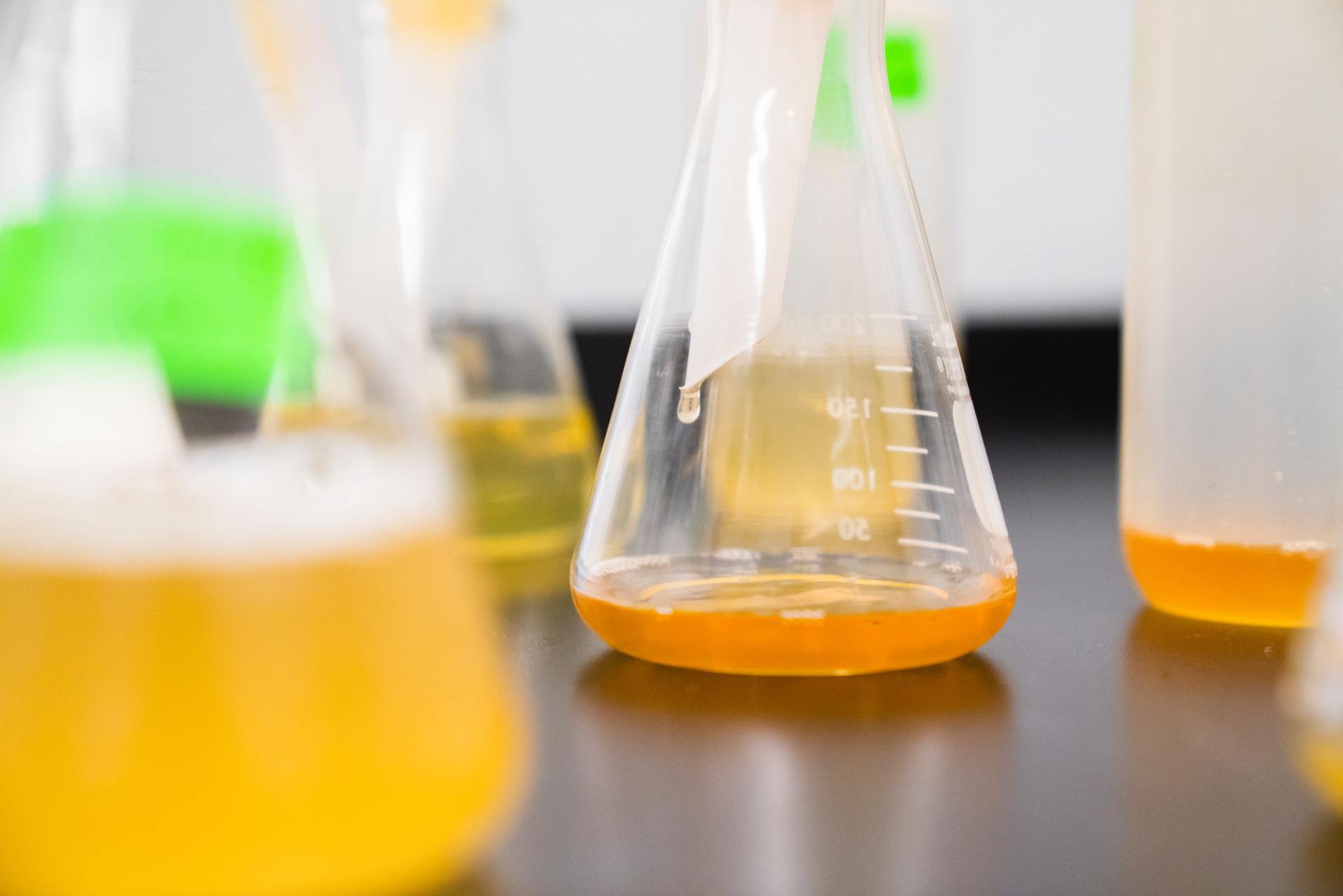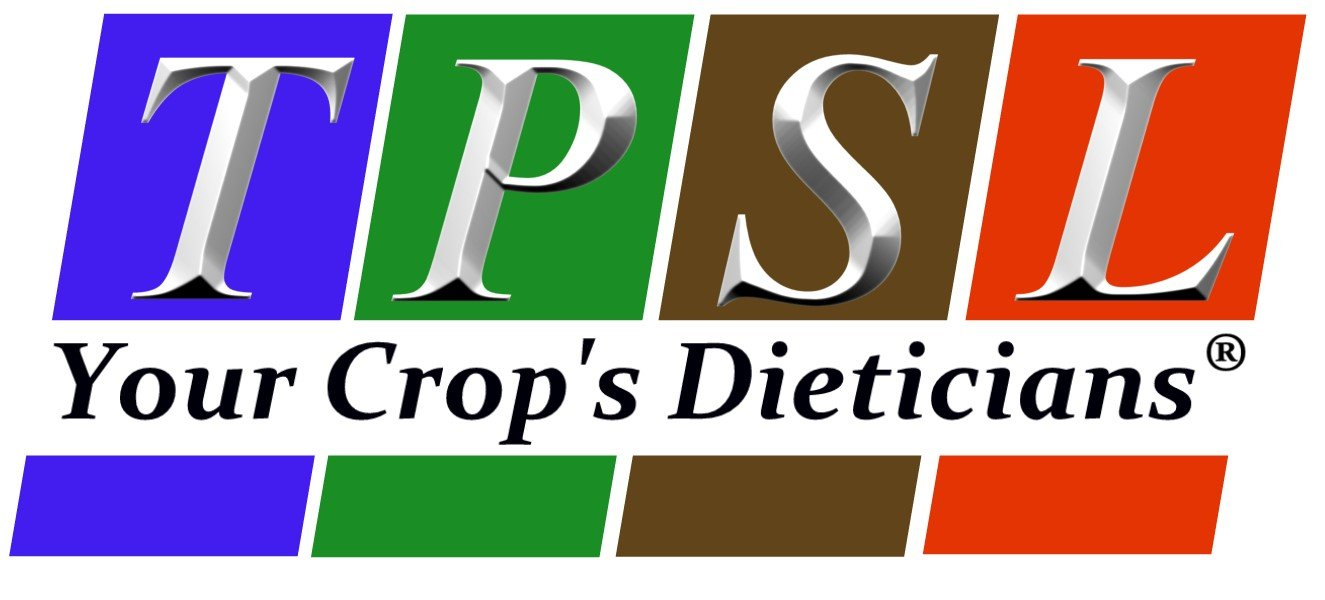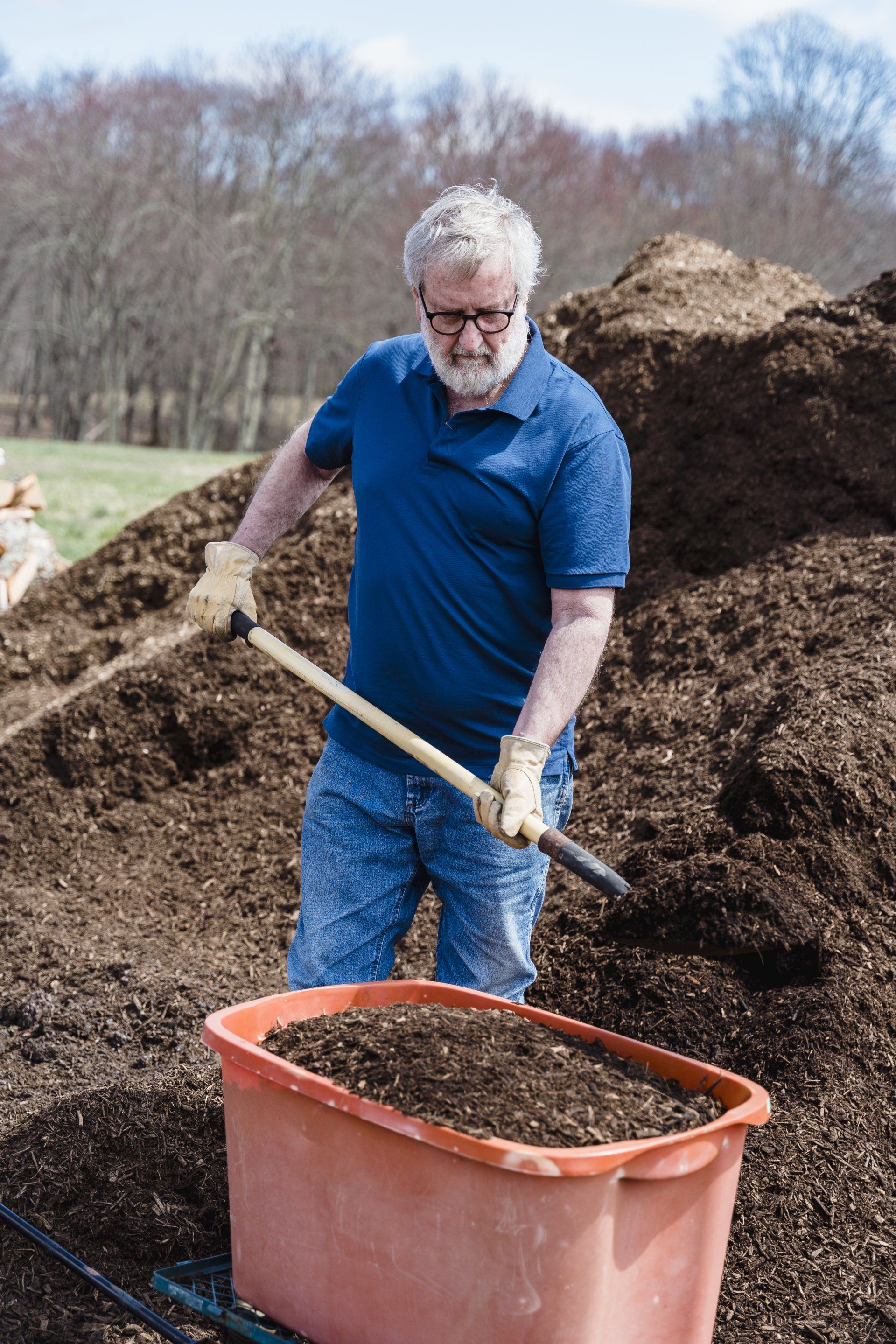Our Testing Method
Why Our Method

TPS Lab uses the CO2 Extraction Method (Plant Natural®) to extract Potassium (K), Sodium (Na), Calcium (Ca), and Magnesium (Mg) from your soil. This method duplicates the way plants naturally extract these nutrients from ANY soil. TPS Lab has been testing soils from around the world and providing solutions for growers for more than 75 years.
The CO2 Extraction Method (Plant Natural®) is offered only by a handful of labs around the world, as it is extremely labor-intensive and does not lend itself to an automated processing line as does Mehlich III or other commonly-offered soil nutrition tests.
Other testing methods only tell you the TOTAL CONTENT of Potassium (K), Sodium (Na), Calcium (Ca), and Magnesium (Mg) present. The CO2 Extraction Method (Plant Natural®) separately tells you what is immediately available to the plant (water soluble) and what is "in reserve" as a locked-up compound (generally unavailable).
This explains why a more standard test may show certain nutrients as adequate or high, yet the plants show deficiencies in those nutrients - and why you may see the same test results, year after year.
Because our method duplicates the way the plant naturally extracts nutrients, it is the most accurate method of measuring Potassium (K), Sodium (Na), Calcium (Ca), and Magnesium (Mg). It does not have to be adjusted according to soil type. The proof is always in crop / plant performance!
The CO2 Extraction Method (Plant Natural®) was the first soil nutrient extraction method, developed in England by Daubeny in 1845. As analytical technology improved, much work was done on the method by the universities of Arizona and Florida and others in the 20th Century. Building upon those works, TPS Lab has further developed and refined the testing standards.
But the real value in a TPS Lab test is in the recommendation. You get a specific fertilization recommendations for your crop in your soil based on your cultivation practice, whether CONVENTIONAL, SUSTAINABLE, or ORGANIC.



